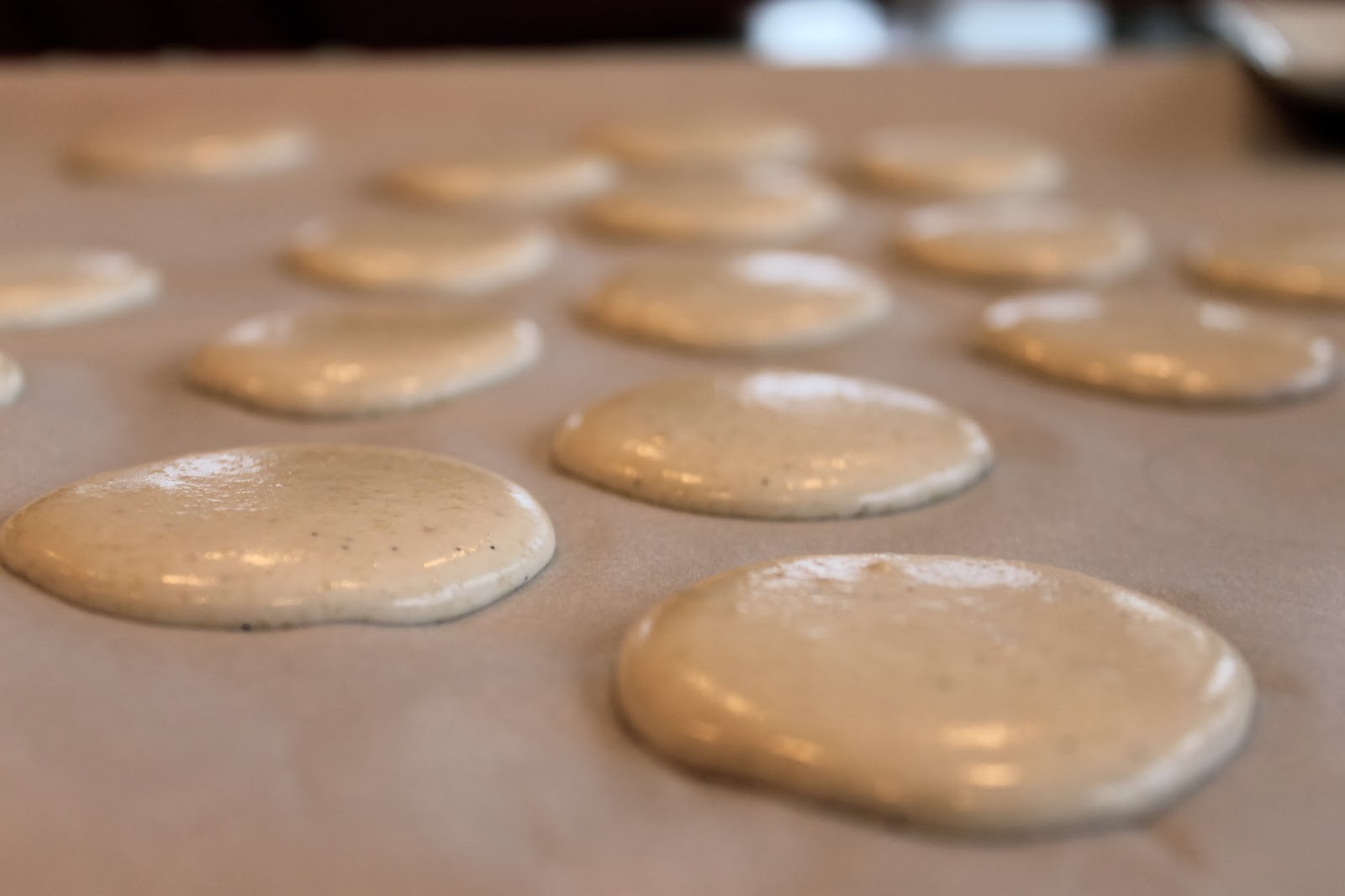The first time I remember making these madeleines was during my sophomore year of high school. I brought them to my AP Bio class, and after I passed them out, someone asked me if I was French. For some strange reason, I answered yes.
France has somehow captured my heart, and I must subconsciously believe I'm French.
In any case, whether you're French or not, madeleines are easy to make and absolutely delicious. They are just like tiny sponge cakes in the shape of a shell. Whether for an afternoon treat or a light dessert, madeleines are a perfect sweet.
While traditional madeleines don't have coconut, Ina Garten says it's a good thing. And I wholeheartedly agree with her.
madeleines à la noix de coco
makes 24 madeleines
1 1/2 tbsp melted butter, to grease the pans
3 extra-large eggs, at room temperature
2/3 cup sugar
1 tsp pure vanilla extract
1/4 lb unsalted butter, melted and cooled
1 cup all-purpose flour
1/4 cup cornstarch
1/2 tsp baking powder
1/4 tsp kosher salt
1/3 cup sweetened shredded coconut
Confectioners' sugar
Preheat the oven to 375 degrees. Thoroughly grease and flour the madeleine pans.
In the bowl of an electric mixer fitted with the paddle attachment, beat the eggs, sugar, and vanilla on medium speed for 3 minutes, or until light yellow and fluffy. Add the butter and mix. Sift together the flour, cornstarch, baking powder, and salt, and stir into the batter with a rubber spatula. Stir in the coconut.
With a soup spoon, drop the batter into the pans, filling each shell almost full. Bake the madeleines for 10 to 12 minutes, until they spring back when pressed. Tap the madeleines out onto a baking pan lined with parchment paper and allow to cool. Dust with confectioners' sugar, if desired.
source: Barefoot in Paris, Ina Garten
notes: You can also grease the pan with a stick of butter, but I used a pastry brush to spread the melted butter. Make sure to grease it well!
I used large eggs, which works fine.
I have also dipped these in chocolate. Either way is delicious!






































